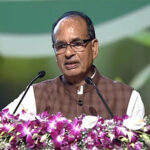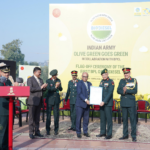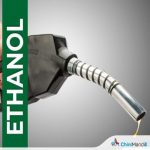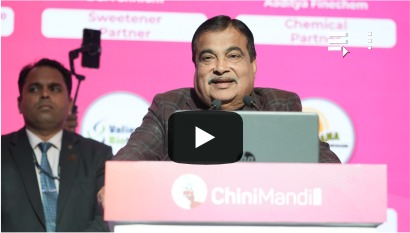Mumbai (Maharashtra) : India is planning a major shift in its energy shipping strategy by building its own fleet of oil tankers to reduce the massive freight costs currently paid to foreign vessel operators, Union Petroleum and Natural Gas Minister Hardeep Singh Puri announced on Wednesday.
Speaking at India Maritime Week 2025 in Mumbai, Puri revealed that India’s three major oil marketing companies–Indian Oil Corporation, Bharat Petroleum, and Hindustan Petroleum–spend approximately USD 8 billion over five years on chartering foreign ships, an amount sufficient to purchase an entirely new fleet of crude-oil tankers.
The Minister highlighted a striking imbalance, while the oil and gas sector accounts for nearly 28 per cent of India’s total trade by volume, making it the single largest commodity group at Indian ports, only around 20 per cent of this cargo is carried on Indian-flagged or Indian-owned vessels.
“This challenge we are now turning into an opportunity,” Puri stated, outlining plans to significantly boost India’s maritime capabilities in the energy sector.
India’s energy import dependence remains substantial, with the country meeting nearly 88 per cent of its crude oil and 51 per cent of its natural gas requirements through imports. In the fiscal year 2024-25, the crude import bill alone crossed USD 150 billion.
Freight charges form a sizeable component of these costs. Indian public sector undertakings pay approximately USD 5 per barrel when sourcing crude from the United States–roughly 10 per cent of the total cost–and around USD 1.2 per barrel from the Middle East, about 2 per cent of the landed cost. For gas, freight averages 5 per cent from the Middle East and can surge up to 15 per cent from the USA.
Currently, India’s oil marketing companies primarily use Very Large Crude Carriers (VLCCs), Suezmax, and Aframax vessels for crude imports, with about 70 ships on time charter across the three OMCs and GAIL.
To address this dependency, the government is implementing several initiatives. Aggregating public sector cargo demand to ensure long-term charters for Indian carriers. Advancing the Ship Owning and Leasing Entity (SOLE) model to boost domestic ownership.
Establishing a Maritime Development Fund for affordable, long-tenor vessel finance. Launching Shipbuilding Financial Assistance Policy 2.0 with enhanced grants for LNG, ethane, and product tankers.
The urgency is underscored by projections showing India’s demand for crude oil, LPG, LNG, and ethane rising rapidly. The Oil and Natural Gas Corporation (ONGC) alone is projected to require nearly 100 offshore service and platform supply vessels by 2034.
In FY 2024-25, India imported around 300 million metric tonnes of crude and petroleum products and exported about 65 million metric tonnes, highlighting the massive scale of maritime operations in the energy sector.
Puri also showcased the dramatic transformation of India’s maritime infrastructure under Prime Minister Narendra Modi’s leadership over the past 11 years. Port capacity has nearly doubled from 872 million tonnes per annum in 2014 to 1,681 million tonnes today, while cargo volumes surged from 581 million tonnes to approximately 855 million tonnes.
Average turnaround time at ports has improved by 48 per cent, dropping from 96 hours in FY 2014-15 to 49.5 hours in FY 2024-25, while idle time has decreased by nearly 29 per cent.
Minister emphasized that Indian shipyards are ready to support this expansion. Cochin Shipyard, L&T Kattupalli, GRSE Kolkata, HSL Visakhapatnam, and private yards in Goa and Gujarat are building and refitting vessels that meet international standards.
Partnerships such as the collaboration between Cochin Shipyard, L&T, and South Korea’s Daewoo for LNG and ethane carriers, along with tie-ups with Mitsui OSK Lines, are bringing global technology to Indian yards.
“We are not only Making in India–we are preparing to Sail for the World,” Puri declared.
Looking ahead, the maritime sector is poised to attract Rs 8 trillion (USD 95 billion) of investment and create 15 million new jobs by 2047, as India works toward becoming a developed nation (Viksit Bharat).
Puri also highlighted India’s strategic positioning in emerging trade corridors, including the India-Middle East-Europe Economic Corridor (IMEC) and the International North-South Transport Corridor (INSTC), which will connect Indian ports to Europe, Central Asia, and Africa.
“Our oceans are not barriers but bridges to a better future,” Puri concluded, describing the current moment as India’s opportunity to unite its oceans, energize its economy, and steer the world toward a sustainable blue horizon.
India Maritime Week 2025 has brought together participants from over 100 countries, 500 exhibitors, and more than one lakh delegates to forge partnerships that will shape the future of global maritime trade. (ANI)

















